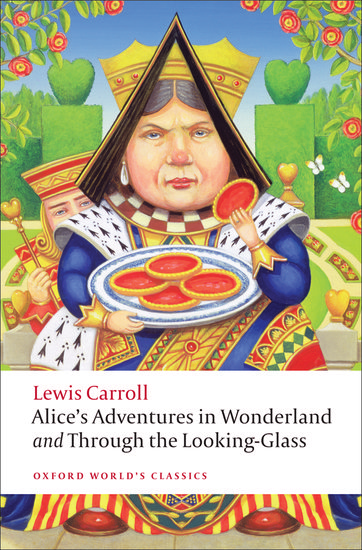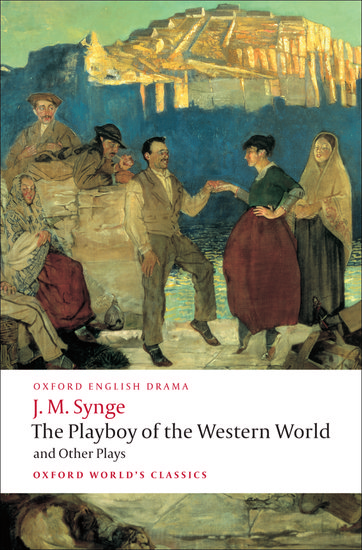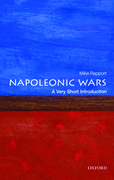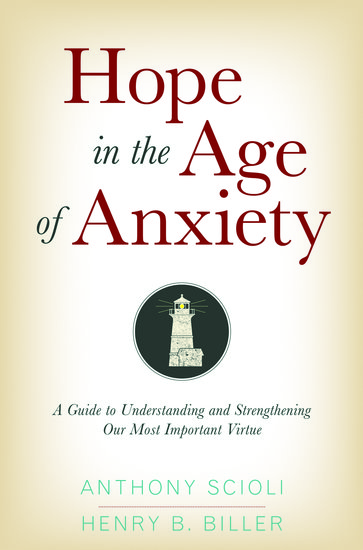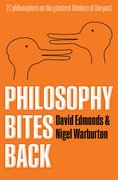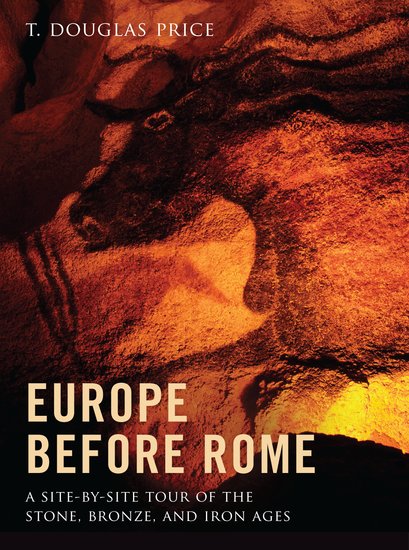Obama’s Second Inaugural Address
By Elvin Lim
Conservatives hate it; liberals love it. His Second Inaugural Address evinces Barack Obama coming into his own, projecting himself unvarnished and real before the world. No more elections for him, so also less politics. He is number 17 in the most exclusive club in America — presidents who get to serve a second term. Yes, there’s still the bonus of a legacy. But the legacy-desiring second-term president would just sit back and do no harm, rather than put himself out there for vociferous battles to come.


